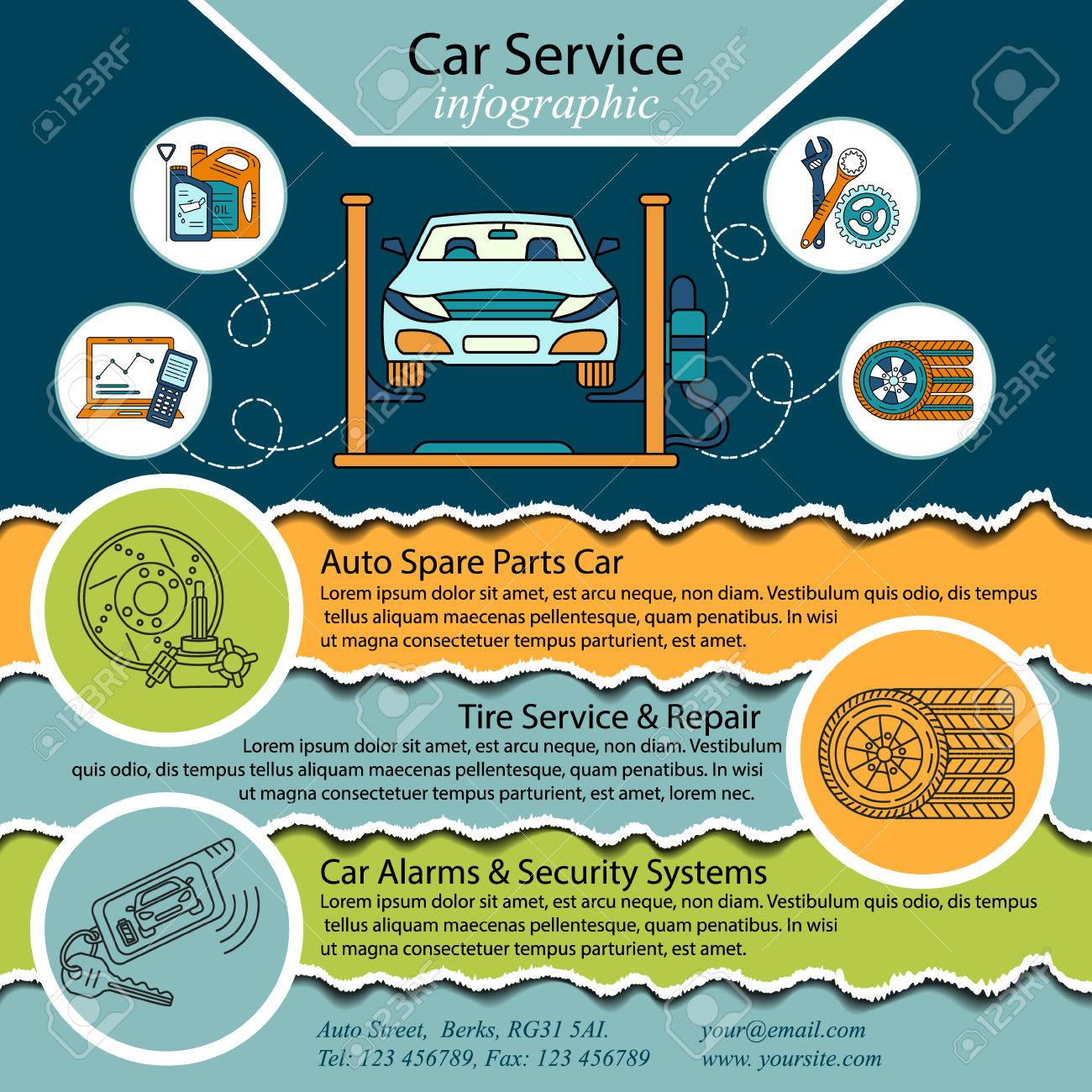Analyzing Your Vehicle'S Caution Indicators: What They Actually Share
Analyzing Your Vehicle'S Caution Indicators: What They Actually Share
Blog Article
Authored By-Lauritsen Alvarado
When you lag the wheel, those radiant caution lights on your control panel can be a little bit complicated. Do you understand what they're attempting to inform you regarding your auto's health? Understanding the significance of these lights is essential for your security and the long life of your lorry. So, the next time among those lights appears, wouldn't you wish to analyze its message precisely and take the necessary actions to resolve it?
Common Caution Lighting and Interpretations
Recognize common warning lights in your automobile and comprehend their meanings to make certain risk-free driving.
One of the most typical warning lights include the check engine light, which signals problems with the engine or emissions system. If this light begins, it's crucial to have your car inspected without delay.
The oil pressure cautioning light indicates low oil pressure, requiring immediate focus to prevent engine damage.
A blinking battery light might suggest a damaged billing system, potentially leaving you stranded if not addressed.
The tire pressure surveillance system (TPMS) light signals you to reduced tire stress, impacting vehicle stability and gas performance. Disregarding botany car wash might result in dangerous driving conditions.
simply click the next web page shows a trouble with the anti-lock stopping system, jeopardizing your capability to quit quickly in emergency situations.
Last but not least, the coolant temperature warning light warns of engine getting too hot, which can result in serious damage otherwise solved quickly.
Understanding these typical caution lights will aid you address concerns without delay and preserve risk-free driving conditions.
Significance of Prompt Interest
Comprehending the common caution lights in your cars and truck is only the initial step; the relevance of quickly addressing these warnings can not be stressed sufficient to ensure your safety when driving.
When a caution light brightens on your dashboard, it's your cars and truck's way of communicating a possible concern that requires attention. Neglecting these warnings can result in a lot more severe issues down the road, compromising your safety and security and potentially costing you a lot more in repairs.
Prompt focus to warning lights can avoid malfunctions and mishaps. For example, a blinking check engine light could indicate a misfire that, if left unattended, could trigger damage to the catalytic converter. Addressing this promptly can save you from a costly repair work.
In a similar way, a brake system cautioning light could indicate low brake fluid or used brake pads, critical elements for your safety when driving.
Do It Yourself Troubleshooting Tips
If you observe a caution light on your control panel, there are a couple of do it yourself troubleshooting pointers you can try before seeking specialist aid.
The initial step is to consult your auto's handbook to comprehend what the certain caution light shows. In some cases the issue can be as basic as a loose gas cap setting off the check engine light. Tightening up the gas cap might settle the problem.
Another common concern is a reduced battery, which can activate numerous warning lights. Examining the battery links for deterioration and guaranteeing they're safe might take care of the issue.
If a caution light persists, you can attempt resetting it by detaching the car's battery for a few mins and after that reconnecting it. Additionally, checking your lorry's liquid degrees, such as oil, coolant, and brake liquid, can aid troubleshoot warning lights connected to these systems.
Conclusion
In conclusion, understanding your car's warning lights is vital for maintaining your vehicle running efficiently and safely. By quickly dealing with these notifies and recognizing what they indicate, you can prevent expensive repair services and possible malfunctions.
Remember to consult your cars and truck's guidebook for specific details on each advising light and take action accordingly to guarantee a hassle-free driving experience.
Stay notified, remain risk-free when traveling!
